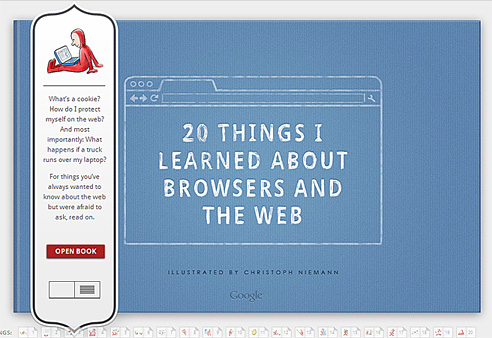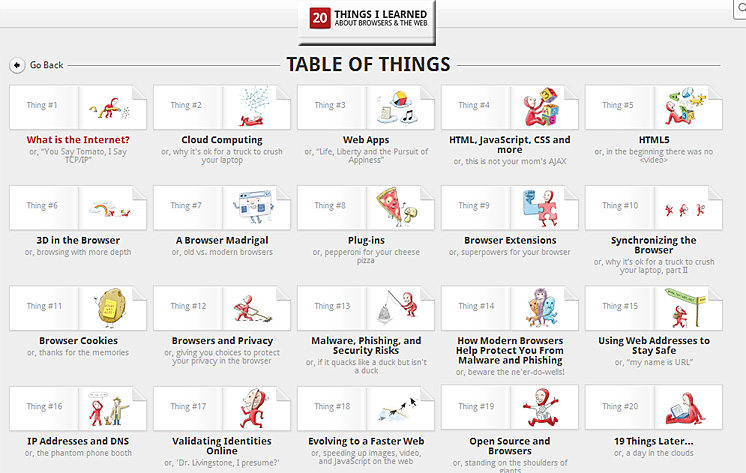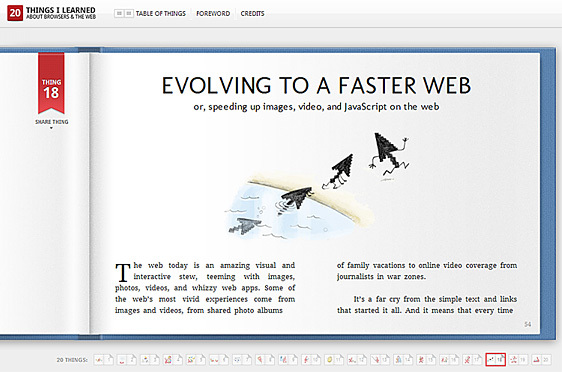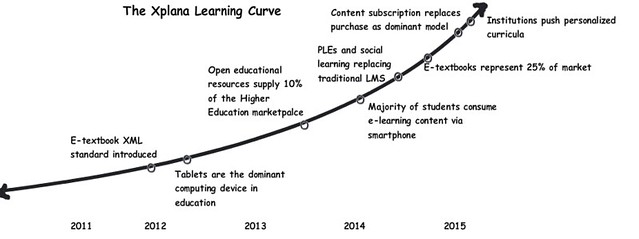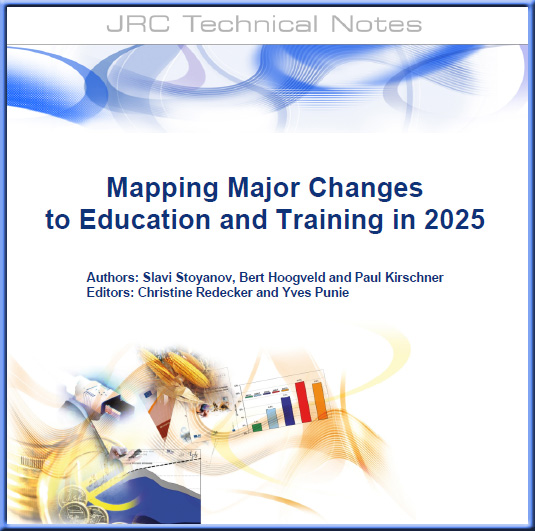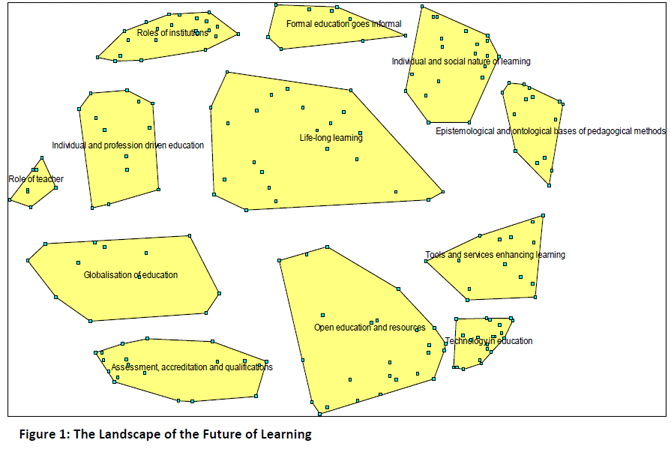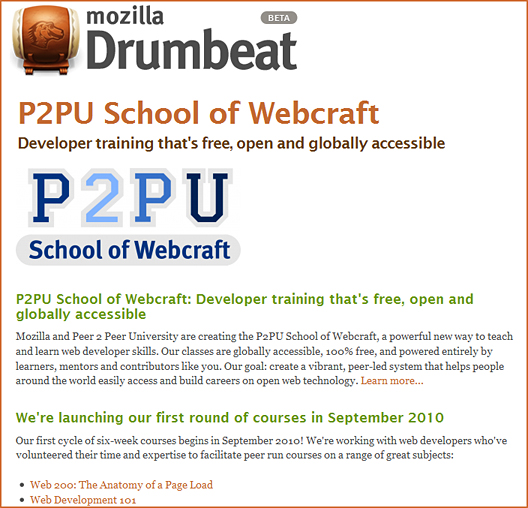eLearning predictions for 2011 and beyond — from Web Courseworks.com by Jon Aleckson
Excerpts:
This summer I attended the 2010 Distance Teaching and Learning Conference in Madison, Wisconsin. Some very interesting topics came up in the facilitated Think Tanks, and I wanted to share some of the predictions that were developed from these active group discussions regarding where eLearning will go in the next ten years.
…
Below you will find a table that summarizes the different opportunities and challenges that were predicted to arise in the next ten years by the participants in the conference Think Tanks and by [Jon Aleckson].
| Opportunities | Challenges | |
| Learner |
|
|
| K-12 Instruction |
|
|
| Corporate Training |
|
|
| Content |
|
|
| Learning Environment |
|
|
| Faculty |
|
|
| Administration & Management |
|
|
| International Perspectives |
|
|









